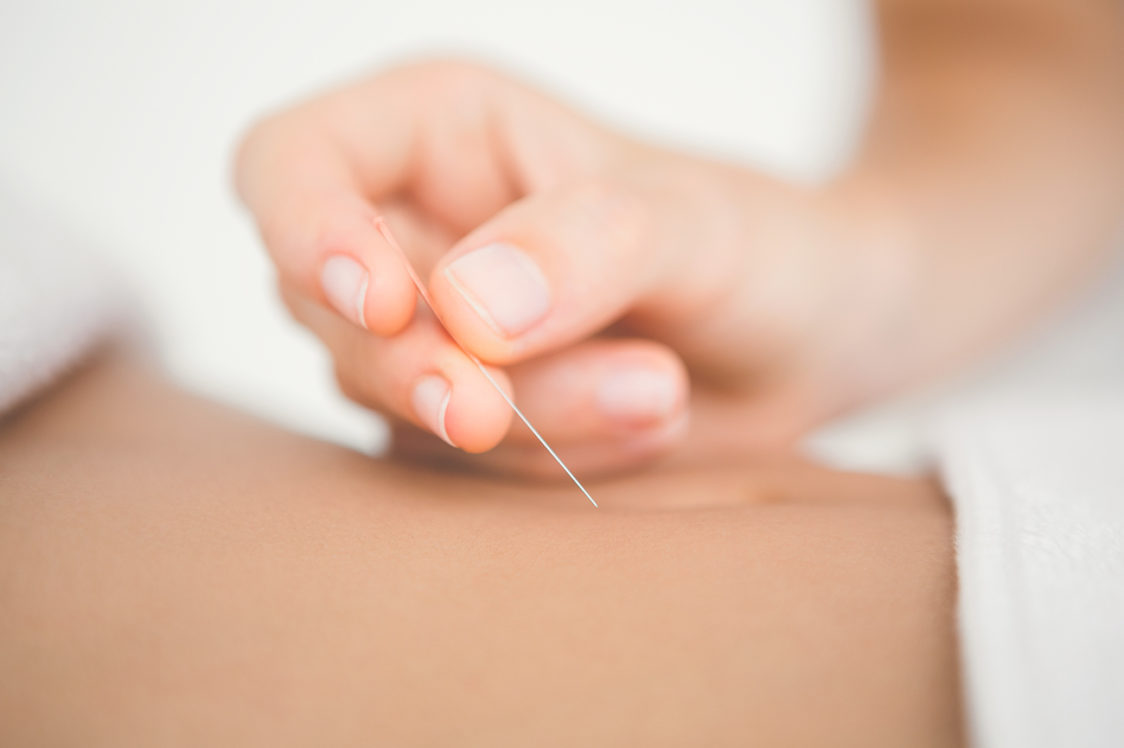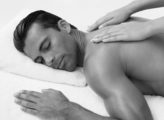Body
The Eastern Medical Approach of Acupuncture
15 August 2019
Depending on your medical history and current conditions, your practitioner might recommend you seek out acupuncture as a treatment option. Because this professional knows the most details about your health than any bipartisan doctor, they’ll be able to refer you to acupuncture as either a treatment on its own or as a form of adjunctive therapy. Although you may not be required to undergo any other treatment methods, it may be beneficial to complement acupuncture treatments with certain holistic methods, such as JOU supplements.
Find out what sorts of ailments acupuncture can treat and what you can expect from an acupuncture session:
Acupuncture: The basics
If you have never experienced an acupuncture treatment and have only seen this procedure demonstrated on TV, you might not know the exact purpose of acupuncture. This form of traditional Chinese medicine promotes the stimulation of Qi flow — the flow of energy — throughout the body. It accomplishes this through the insertion of thin, stainless steel needles into strategic areas of the body. Although it most commonly works to treat pain, many individuals use acupuncture as a means of stress relief and general wellness.
Conditions that acupuncture is meant to treat
Even though Western medical diagnoses are most doctors’ first options when offering solutions to clients, many will offer acupuncture as an option. This is especially the case when a Western diagnosis isn’t working properly or is costing the patient too much money. According to the American Academy of Medical Acupuncture, the following are common conditions with which acupuncture may be able to help treat:
- Chronic pain
- Respiratory diseases
- Bronchopulmonary diseases
- Eye disorders
- Disorders of the mouth cavity
- Gastrointestinal disorders
- Neurological disorders
Acupuncture is not intended for certain individuals, according to Mayo Clinic. For instance, pregnant women are not recommended for acupuncture, as the promotion of energy flow throughout the body may stimulate labor, resulting in premature birth. Individuals with a bleeding disorder, or those who are taking blood thinner medications, are also not recommended to undergo acupuncture, as they may be prone to bleeding or bruising, something that typically does not happen in this procedure. Patients that use a pacemaker may not be good candidates for acupuncture, as the pulses caused by the needles can disrupt a pacemaker’s ability to work properly.
What to expect from an acupuncture treatment
Every patient will receive a personalized treatment based on their medical conditions. Typically, the acupuncturist will place three to 15 needles in the body, either spaced generously around the whole body or in one centralized location. In addition, the amount of times a patient needs to receive acupuncture depends on their conditions; while someone may only need to make one visit, another may need to go several times a week over a few month’s time.
Finally, the question that almost everyone has before they go through their first acupuncture procedure: Does it hurt? Because the needles are so thin, the insertion and removal of needles causes little to no discomfort. In fact, many people don’t even feel the needles going in and out at all. When the needle reaches the intended depth, you might begin to feel a slight aching or tingling feeling; this is typically a sign that the right point is being properly activated.





